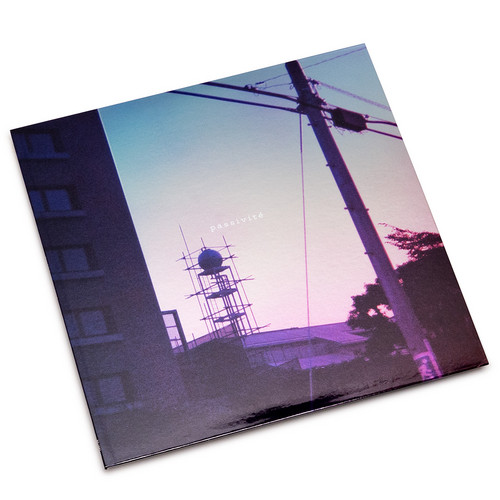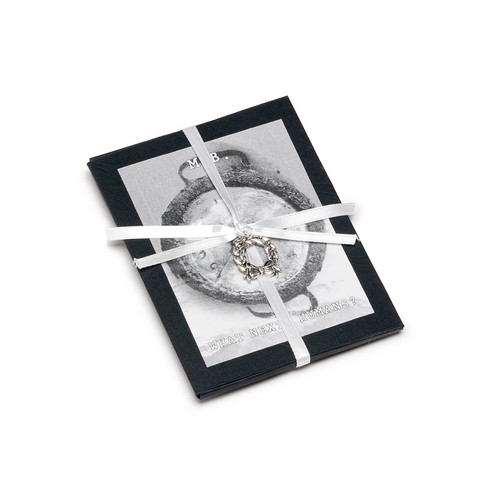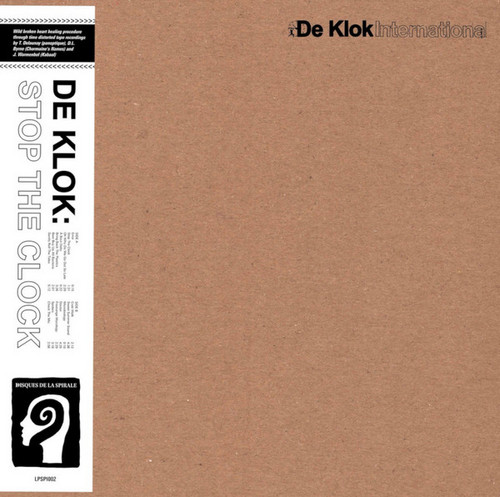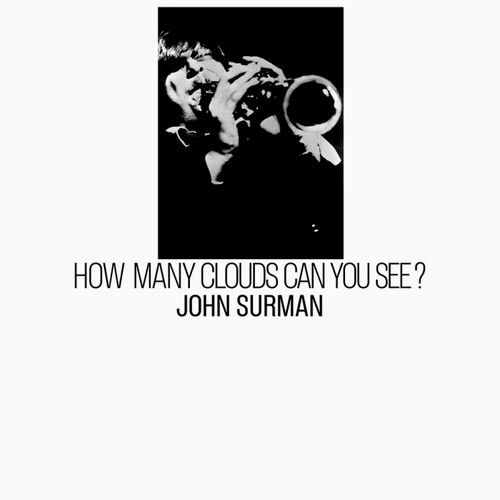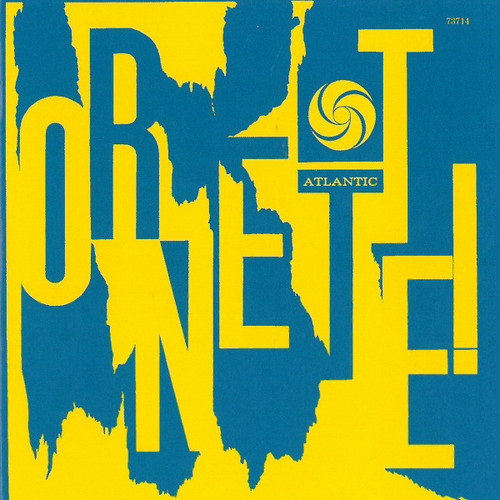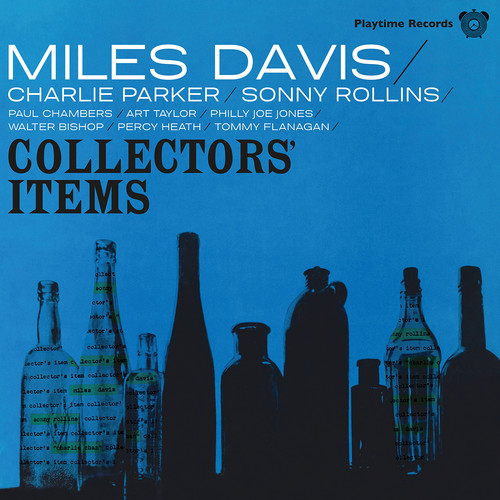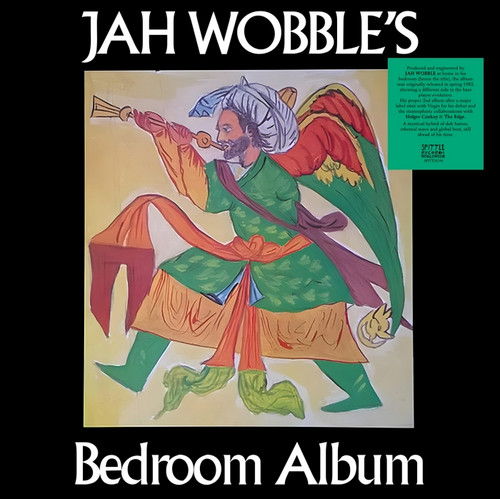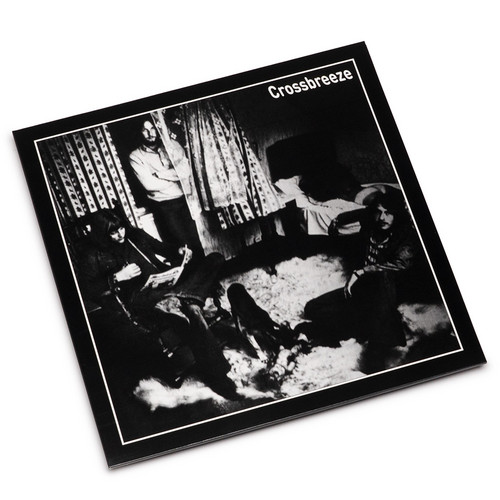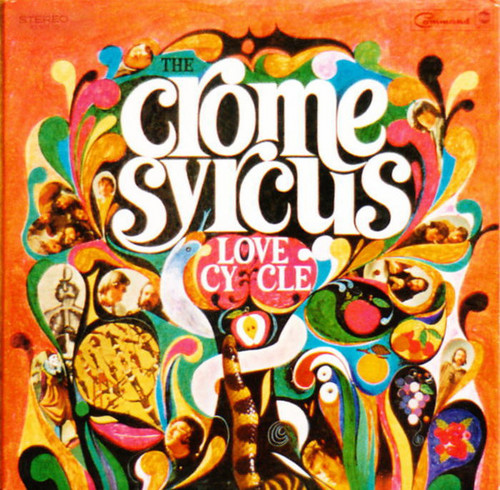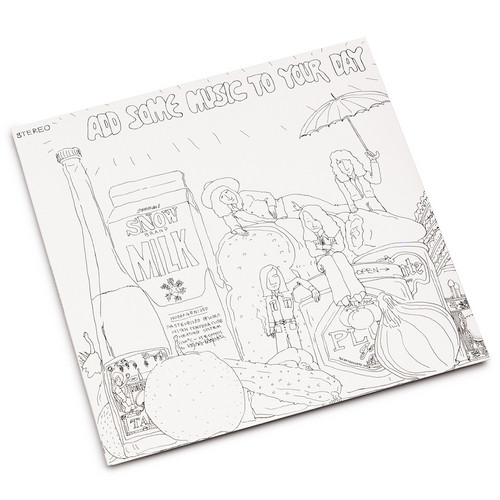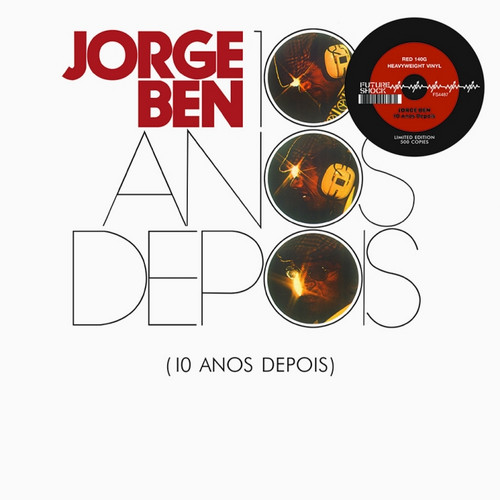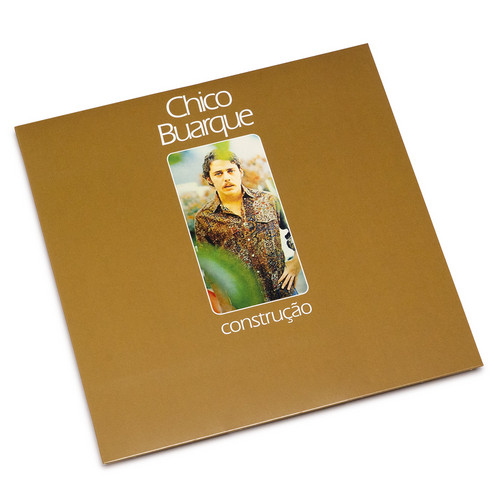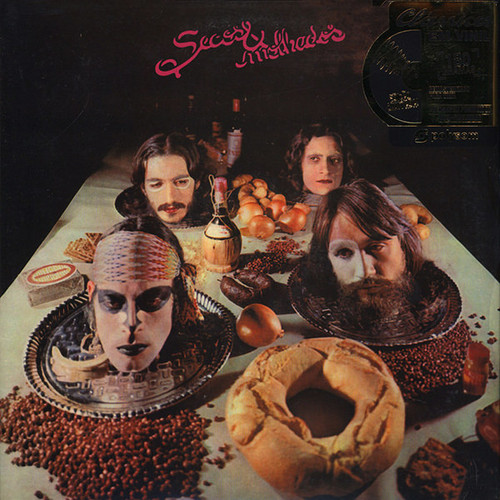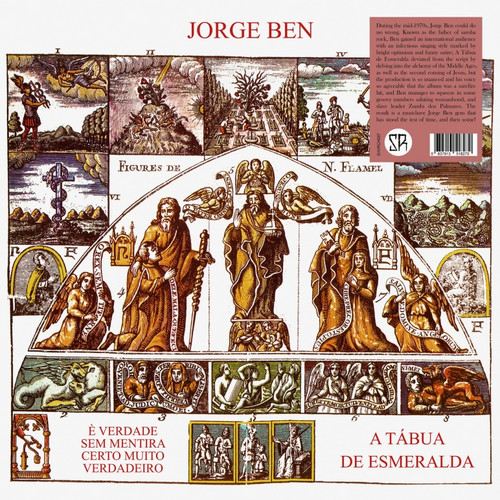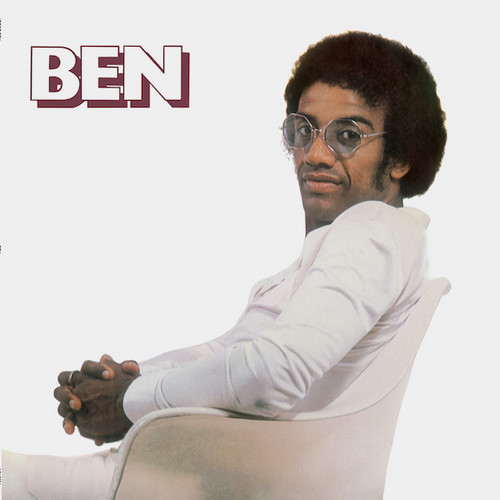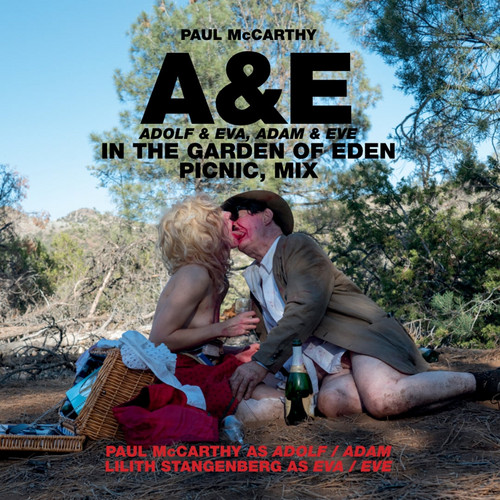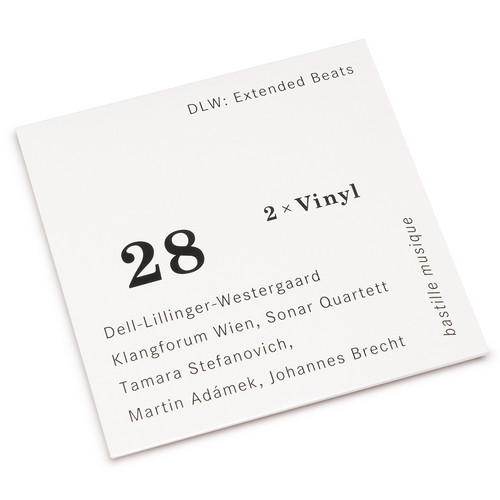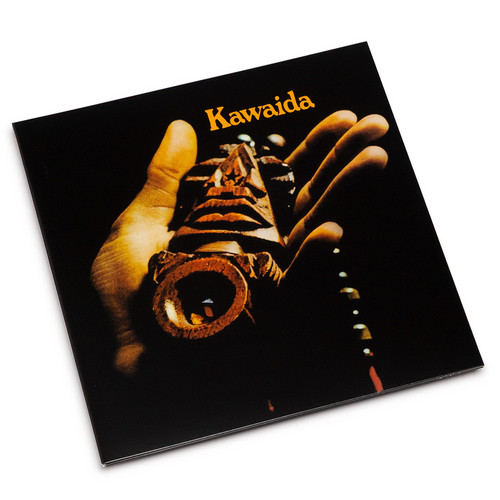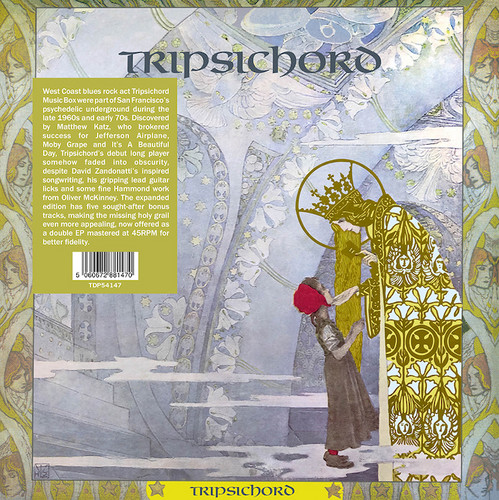Reissues
Passivité
Deluxe LP housed in metallic silver tip-on jacket with gloss film laminate finish, matte pigment stamping and two printed inner sleeves. When it was first released in 1997, White Heaven founder You Ishihara’s solo debut Passivité seemed to vanish into the ether, going largely unnoticed; the scant coverage it did receive in the Japanese music press was confused or even dismissive, and it hardly reached an overseas audience at that moment just before the online music era. It was released by the sh…
What Next, Humans?
*Limited Edition 48 copies* Completely handmade packaging. The mini CDr is contained in a black envelope measuring 12x9 cm. about. The black envelope is in embossed cardboard (300 grams) with a leather-like effect, and is closed by a withe ribbon on which is inserted a metallic flower crown.
Inside the black envelope there are:-the printed mini Cdr inside a black cardboard cover-a small insert that reproduces the original cover of the tape made by M.B. printed in high quality paper-a mini poster…
Stop The Clock
*200 copies limited edition* Wild broken heart healing procedure through time distorted tape recordings by T. Delaunay (Panoptique), D.L. Byrne (Charmaine's Names) and J. Warmenbol (Kabaal). A new emanation from the Simple Music Experience collective (Fiesta en el Vacìo, Helen Island, Parasite Jazz...)
Minimalistic mystery pop by the clue chasers De Klok, who recorded their spontaneous first album under one moon and one sun during an intense session of investigation, bribery, calculations, doubt…
How Many Clouds Can You See?
How Many Clouds Can You See? is the second album by English saxophonist John Surman featuring Alto Saxophone – Mike Osborne; Baritone Saxophone, Flute – John Warren; Baritone Saxophone, Soprano Saxophone, Bass Clarinet – John Surman; Bass – Barre Phillips, Harry Miller; Drums – Alan Jackson, Tony Oxley; Piano – John Taylor; Tenor Saxophone, Flute – Alan Skidmore; Trombone – Chris Pyne, Malcolm Griffiths; Trumpet – Dave Holdsworth; Trumpet, Flugelhorn – Harold Beckett; Tuba – George Smith. John …
Ornette!
Ornette! is the seventh album by Ornette Coleman as a bandleader and the second credited to his quartet (following This Is Our Music). Though considered one of his early works, by the time it was recorded on 31st January 1961, Coleman was already an established jazz legend. His reputation had been cemented by the release of ground-breaking albums such as The Shape of Jazz to Come and Free Jazz.
These two albums embody the central, seemingly contrasting, elements of Coleman's early career: a meti…
Collector's Item
When Ira Gitler, jazz journalist and producer at Prestige, curated this album, the term "collector" was already well-established among music enthusiasts. The pursuit of out-of-print recordings, old 78 rpm discs, and unreleased material had reached an intensity comparable to the fervor seen in the vinyl-collecting market decades later. Gitler aimed to offer jazz fans unreleased Prestige recordings while meeting expectations for the amount of music on an LP. Initially dismissed as a mere compilati…
Bedroom Album
Produced and engineered by Jah Wobble at home in his bedroom (hence the title), the album was originally released in spring 1983, showing a different side in the bass player evolution. His proper 2nd album after a major label stint with Virgin - for his debut - and the stratospheric collaborations with Holger Czukay & The Edge. A mystical hybrid of dub fusion, ethereal wave and global beat, still ahead of his time.
Crossbreeze
Norwegian rock trio Crossbreeze’s self-titled LP is one of the rarest of all beasts to emerge from the Scandinavian rock scene of the 1970s. Pressed in minute quantities on Experience, the label and studio founded by engineer/guitarist Nils Johan Øybakken in the small northern town of Mosjøen, Crossbreeze moves between acid rock and prog-y folk-influenced rock, Terje Nilsen’s fuzz guitar and Walter Albriktsen’s Moog bleeps adding shades of psychedelic space-rock. Crossbreeze disbanded after this…
Love Cycle
This psychedelic nugget wrapped within a lovely hippie album covers offers to an interested listener both conventional San Francisco psych pop rock, and also experimental material, proving that they were among the rock artists searching the boundaries of their art and style. The composition is interesting and quite innovative within the 1960's American garage scene.
C.Q.
The Outsiders' final LP is one of the finer unsung psychedelic records of the late '60s. Heavy echoes of Syd Barrett-era Pink Floyd, Hendrix, and psychedelic-era Pretty Things, with adroit shifts from crunching rock and soft, almost folky passages to spacy phase shift bits and just plain dementia. The album has an ominous and creepy, but rocking, ambience that still cuts deep.
Add Some Music To Your Day
The reissue of Tatsuro Yamashita's Add Some Music To Your Day marks a significant moment in music history, resurrecting a rare gem from 1972 for contemporary audiences to enjoy. With only 100 copies originally produced, this analog LP offers a unique opportunity to experience Yamashita's early musical journey.
10 Anos Depois
10 Anos Depois is the tenth album by Brazilian musical artist Jorge Ben, released in 1973. It is a collection of popular songs from the first decade of his career re-recorded as medleys.
Construcao
Construção (Portuguese for 'Construction') is the eighth studio album by Brazilian singer-songwriter Chico Buarque, released in December 1971. It was composed in periods between Buarque's exile in Italy and his return to Brazil. Lyrically, the album is loaded with criticisms of the Brazilian military dictatorship, especially with regard to the censorship imposed by the government at the time. It is widely regarded by music critics as one of the greatest Brazilian albums of all time.
Secos & Molhados (1973) Lp
Secos & Molhados is the debut album of the group of the same name, released in August 1973. The album includes poetry works of authors such as Vinícius de Moraes, Manuel Bandeira and João Apolinário, and dances and songs from Portuguese folklore and Brazilian traditions. The album, as well as the band itself, emerged in the midst of a time of censorship and military dictatorship in Brazil, inspiring the band to portray themes such as freedom of expression, racism and war as a form of protest. It…
A Tábua De Esmeralda
During the mid-1970s, Jorge Ben could do no wrong. Known as the father of samba rock, Ben gained an international audience with an infectious singing style marked by bright optimism and funny satire; A Tábua de Esmeralda deviated from the script by delving into the alchemy of the Middle Ages, as well as the second coming of Jesus, but the production is so nuanced and his voice so agreeable that the album was a surefire hit, and Ben manages to squeeze in some groovy numbers saluting womanhood, an…
Ben
The long unavailable ninth album by Brazilian star Jorge Ben. Released in 1972, "Ben" comes from one of Jorge Ben’s most artistically important phases, the early 70s. The album has some of Ben’s most famous songs, “Taj Mahal” (plagiarized by Rod Stewart on his song “Da Ya Think I’m Sexy?”, as the British singer admitted himself in 2012), and “Fio Maravilha”, paying homage to Flamengo’s iconic football player Fio Maravilha.
”A&E, Adolf & Eva, Adam & Eve, in the Garden of Eden, Picnic, Mix”
This recording is roughly 80 minutes of the A&E three day performance superimposed. Performed by Paul McCarthy (Adolf / Eva) and Lilith Stangenberg (Eva / Eve).
DLW: Extended Beats
bastille musique presents its twenty-eighth release »DLW: Extended Beats« featuring world premiere recordings by Dell-Lillinger-Westergaard, Klangforum Wien, Sonar Quartett, Tamara Stefanovich (piano), Martin Adámek (clarinets) and Johannes Brecht (electronics). Together with the guests, Dell-Lillinger-Westergaard extend their beats in terms of co-composition and form as well as instrumentation. In addition to the recordings produced at the Paul-Robeson-Studio, the set also contains a 48-page bi…
Kawaida
A member of the radical black nationalist US Organisation, percussionist James Mtume championed the Kawaida way of life, aiming for collective creativity linked to its pan-African and Socialist ideals. With uncle Albert and father Jimmy Heath on board, Mtume cut this intense modal jazz concept album in December 1969 with Don Cherry, Herbie Hancock, Ed Blackwell and Buster Williams, yielding a masterpiece of percussion-heavy jazz, with every player on exceptional form, the five extended tracks re…
Tripsichord Music Box
West Coast blues rock act Tripsichord Music Box were part of San Francisco’s psychedelic underground during the late 1960s and early 70s. Discovered by Matthew Katz, who brokered success for Jefferson Airplane, Moby Grape and It’s A Beautiful Day, Tripsichord’s debut long player somehow faded into obscurity, despite David Zandonatti’s inspired songwriting, his gripping lead guitar licks and some fine Hammond work from Oliver McKinney. The expanded edition has five sought-after bonus tracks, maki…
